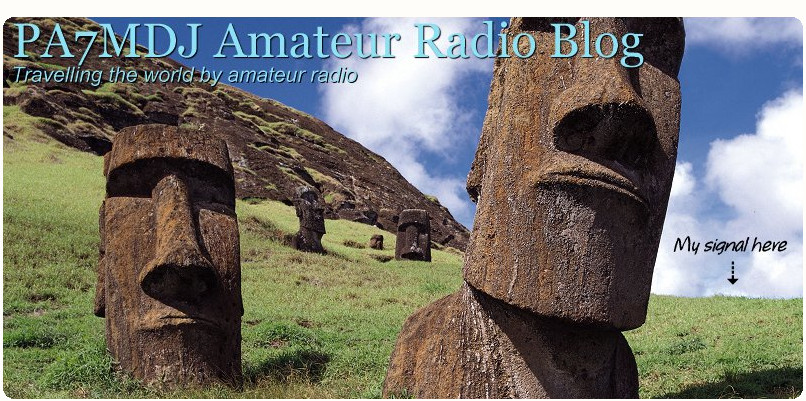From the DARC Facebook page, published on July 5th, 2017.
---
WSPR-Funkbake in der Antarktis
Die TU München, das Institut für Raumfahrttechnik, plant das Errichten und den Betrieb einer WSPR-Funkbake in der Antarktis. Das Projekt wird gemeinsam mit dem Alfred-Wegener-Institut, Helmholtz-Zentrum für Polar- und Meeresforschung, und der Hochschule Bremen als innovatives wissenschaftliches Projekt betreut. Die Projektleitung hat Prof. Dr. Ing. Ulrich Walter, DG1KIM, Ordinarius für Raumfahrttechnik an der TU München und ehemaliger D2-Astronaut.
Der DARC e.V. wird bei dem Projekt eingebunden. Erstmalig überhaupt soll eine permanente WSPR-Funkbake zum Studium der Ausbreitungsbedingungen in der Antarktis unter Einbeziehung der weltweit verteilten Funkamateure betrieben werden. Das Projekt ist auf Dauer eines Sonnenfleckenzyklus von etwa 11 Jahren angelegt und soll ab ca. November 2017 vor Ort beginnen.
Entsprechende Anträge an das Alfred-Wegener-Institut, zuständig für den Betrieb der Neumayer-III Forschungsstation auf dem Ekström-Schelfeis, wurden vor kurzem von dessen wissenschaftlichen Beirat offiziell genehmigt. Für die Entscheidung hat vor allem eine Rolle gespielt, dass mit sehr geringem finanziellen und logistischen Aufwand eine große Zahl von neuen wissenschaftlichen Erkenntnissen über die Ionosphäre in den Polargebieten zu erwarten ist.
Die Wellenausbreitung auf der Kurzwelle scheint gut erforscht, jedoch liegen weltweit noch immer keinerlei systematische Beobachtungsansätze aus den Pol-Regionen der Erde vor, besonders der Einfluss der Polarlichter ist nur bruchstückhaft bekannt. In diese Lücke stößt dieses mittlerweile auch international sehr beachtete wissenschaftliche Vorhaben. In enger Zusammenarbeit mit Prof. Michael Hartje, DK5HH, von der Hochschule Bremen und seinem Kollegen, Prof. Dr. Sören Peik, soll in Kürze ein WSPR-Bakensender und ein Breitband-SDR-Empfänger auf dem Südkontinent aufgebaut werden, welcher weltweite WSPR-Bakensignale der Funkamateure von 6 m bis 160 m simultan empfängt und diese per Internet zur Auswertung in die WSPR-Net-Datenbank einspeist.
Die Installation vor Ort und die Betreuung der ersten WSPR-Bake im ewigen Eis wird der technische Mitarbeiter der Station Felix Riess, DL5XL, übernehmen. Mit der Einbeziehung des DARC e.V. als Projektpartner wird deutlich, dass dem Amateurfunk nach wie vor eine bedeutende Rolle in der technisch-wissenschaftlichen Forschung zukommt. Als Ansprechpartner stehen die beiden oben genannten Professoren Dr. Ulrich Walter [1] und Dr. Michael Hartje [2] gerne zur Verfügung.
[1] walter@tum.de
[2] hartje@hs-bremen.de
---

